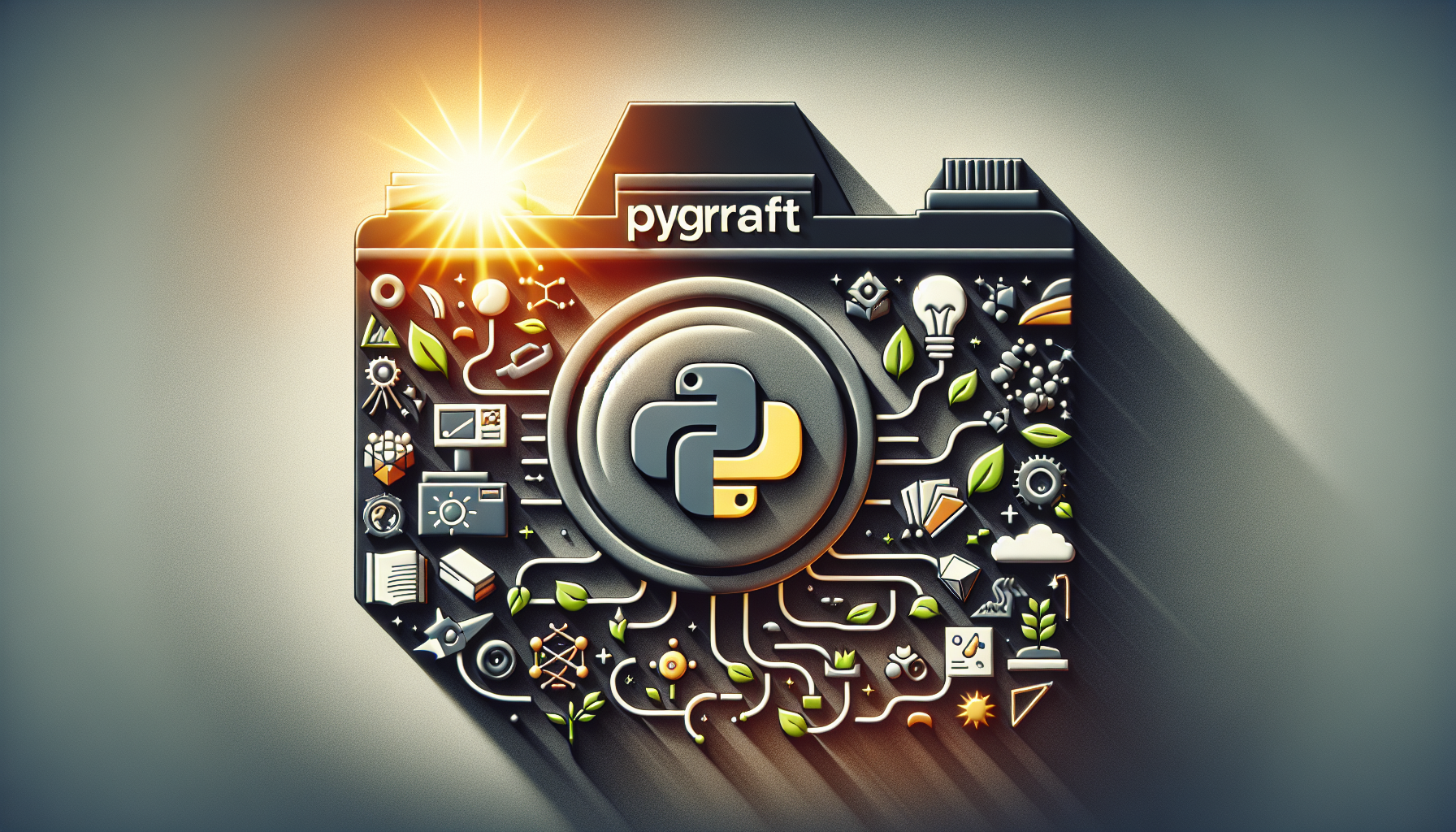PyGraft: the new star of open source DataViz
PyGraft emerges as a promising tool, designed to provide data professionals and enthusiasts with an enriching and powerful experience in creating data visualizations. Featuring advanced processing capabilities and remarkable flexibility, PyGraft is a project open source which has already started to get talked about.
But what is PyGraft and how can it revolutionize your approach to DataViz? Let’s dive into this introductory guide to discover its essential advantages and functions.
What is PyGraft?
PyGraft is an open-source Python library designed to generate synthetic but realistic schemas and knowledge graphs (KGs), based on user-specified parameters.
It is a data visualization library for the Python programming language. By leveraging the power of Python, PyGraft makes it easy to create complex and detailed data visualizations with less effort.
Why choose PyGraft for DataViz?
The main advantage of PyGraft lies in its intuitive approach and ease of integration into Data Science workflows. Whether you’re an analyst, data scientist, or simply passionate about numbers, PyGraft offers near-limitless possibilities for transforming your data into compelling visual stories. Its support for multiple data formats and easy integration with popular Python data structures like pandas make PyGraft particularly attractive.
Where does PyGraft come from?
This project was born from a collaboration between the University of Lorraine and other institutions, and aims to provide a powerful tool for research in areas where data may be sensitive or difficult to obtain.
Getting started with PyGraft
To try out PyGraft is a straightforward process. After installation through package managers such as pip, users can immediately start exploring the different features that PyGraft offers. From generating basic graphs to creating interactive and dynamic visualizations, PyGraft has everything you need to help you represent your data in the clearest and most aesthetically pleasing way possible.
Resources and community around PyGraft
Be a project open source involves an active community and abundant resources. Users of PyGraft are never alone. They can access extensive documentation, tutorials, sample codes, and even forums where they can ask questions and share ideas. Collaboration and knowledge sharing are deeply rooted in the spirit of PyGraft, thus promoting a gentle and cooperative learning curve.
PyGraft Key Features: Exploring Its Unique Capabilities

Intuitive user interface
One of the major strengths of PyGraft is his user interface designed to maximize efficiency and minimize the learning curve. This interface allows users of all technical skills to create data visualizations quickly and with little effort. Drag-and-drop, pre-designed templates, and a rich library of visualizations contribute to a simplified user experience.
Integration with Python libraries
The tool integrates seamlessly with other Python libraries used for data analysis, such as NumPy and Pandas. This allows users to take advantage of the powerful data manipulation capabilities of these libraries while working within the PyGraft environment for visualization.
Wide range of chart types
Whether you need bar charts, geographic maps, or complex scatterplots, PyGraft has an impressive variety of chart types At your disposal. Each chart type is highly customizable, allowing the user to fine-tune all visual aspects to precisely meet the needs of their data presentation.
Support for big data
With effective management of big data sets, PyGraft is ideal for environments where data size might be a barrier. Efficient resource utilization and processing performance allow PyGraft to handle large amounts of data without compromising visualization speed or quality.
Pygraft capacity: to summarize
Here is a summary of its main capabilities:
- Flexibility in generation : PyGraft allows the custom creation of diagrams, knowledge graphs (KGs), or both, tailored to specific user needs.
- Advanced configuration : It provides detailed control over the generation process through a wide range of user-specified parameters, allowing extensive customization of results.
- Compliance with Semantic Web standards : The constructions developed with PyGraft are based on RDFS and OWL standards, guaranteeing schemas and KGs that are semantically rich and compliant with international standards.
- Assurance of logical consistency : The logical consistency of the generated data is verified using a descriptive logic reasoner, HermiT, ensuring the integrity and reliability of the resources produced.
Getting started with PyGraft: practical guide for users
Installing PyGraft
The installation of PyGraft is the first step towards creating your own visualizations. To do this, open your terminal and run the following command:
pip install pygraft
This command will download and install the latest version of PyGraft as well as its dependencies. Make sure you have the pip package manager up to date to avoid any incompatibility.
Preparing your data
Before you start visualizing your data with PyGraft, it is essential to prepare them correctly. This often involves cleaning your data, structuring it into a suitable format like DataFrame with libraries like pandas, and understand the different variables you want to explore.
Creating your first visualization with PyGraft
Create a basic visualization with PyGraft only requires a few lines of code. Here is a simple example for drawing a line graph:
import pygraft as pg
import pandas as pd
# Loading your data
data = pd.read_csv('path/to/your/file.csv')
# Creating a line graph
chart = pg.LineChart(data)
chart.plot('x_column', 'y_column')
chart.show()
In this example, we import the necessary libraries, load a dataset from a CSV, create a line chart and display the result with the method
show
Explore advanced features
Once familiar with the basics of PyGraft, you can explore more advanced features to enrich your visualizations, such as adding interactivity, adjusting colors, scales, or integrating multiple charts into a single display. The official website of PyGraft offers extensive documentation and examples to guide you.






